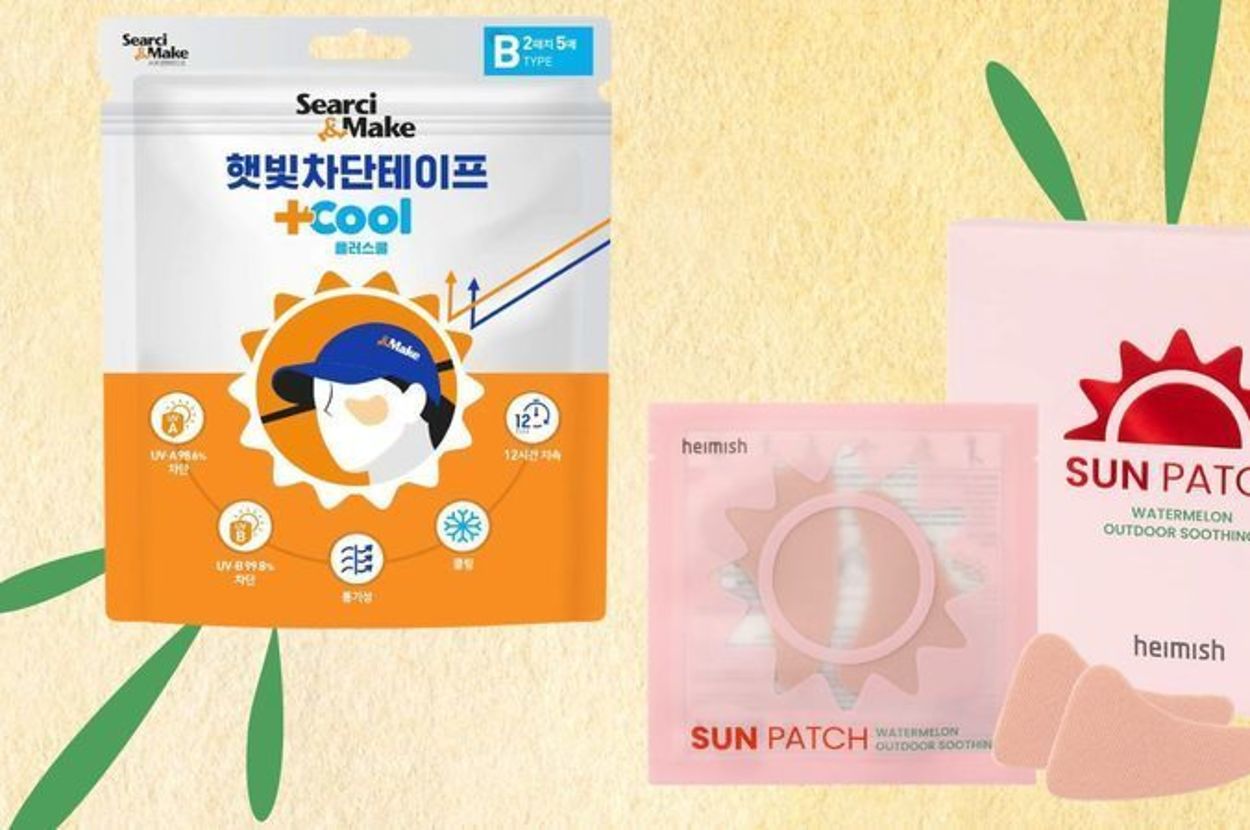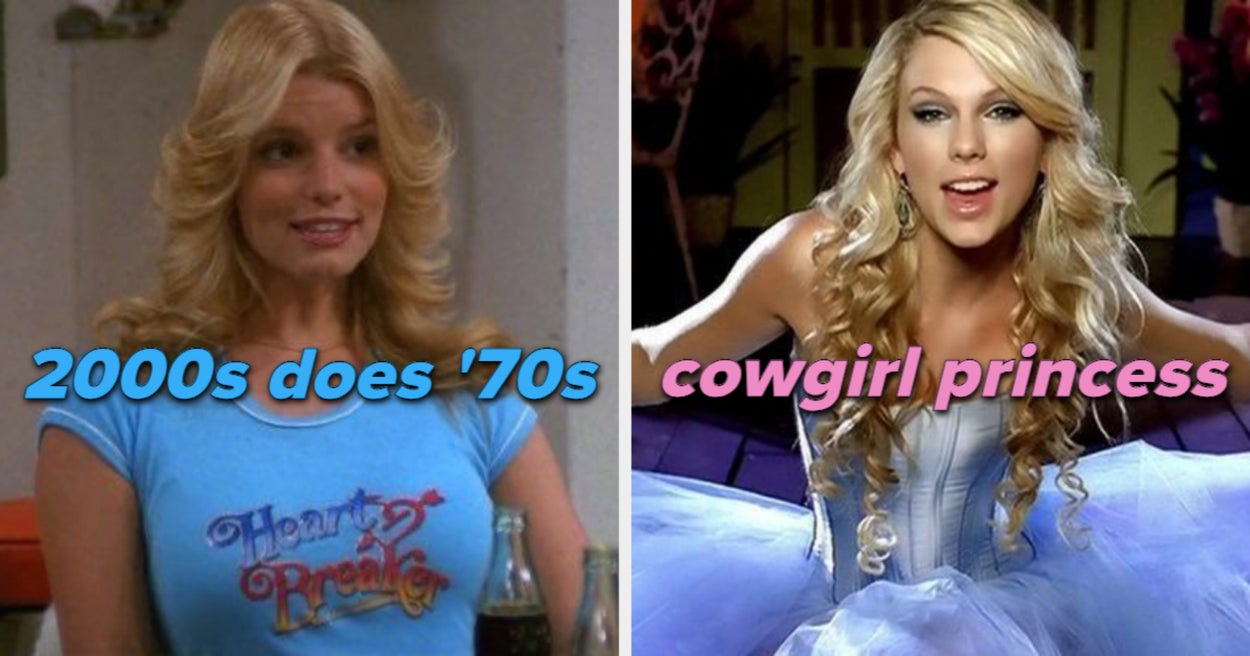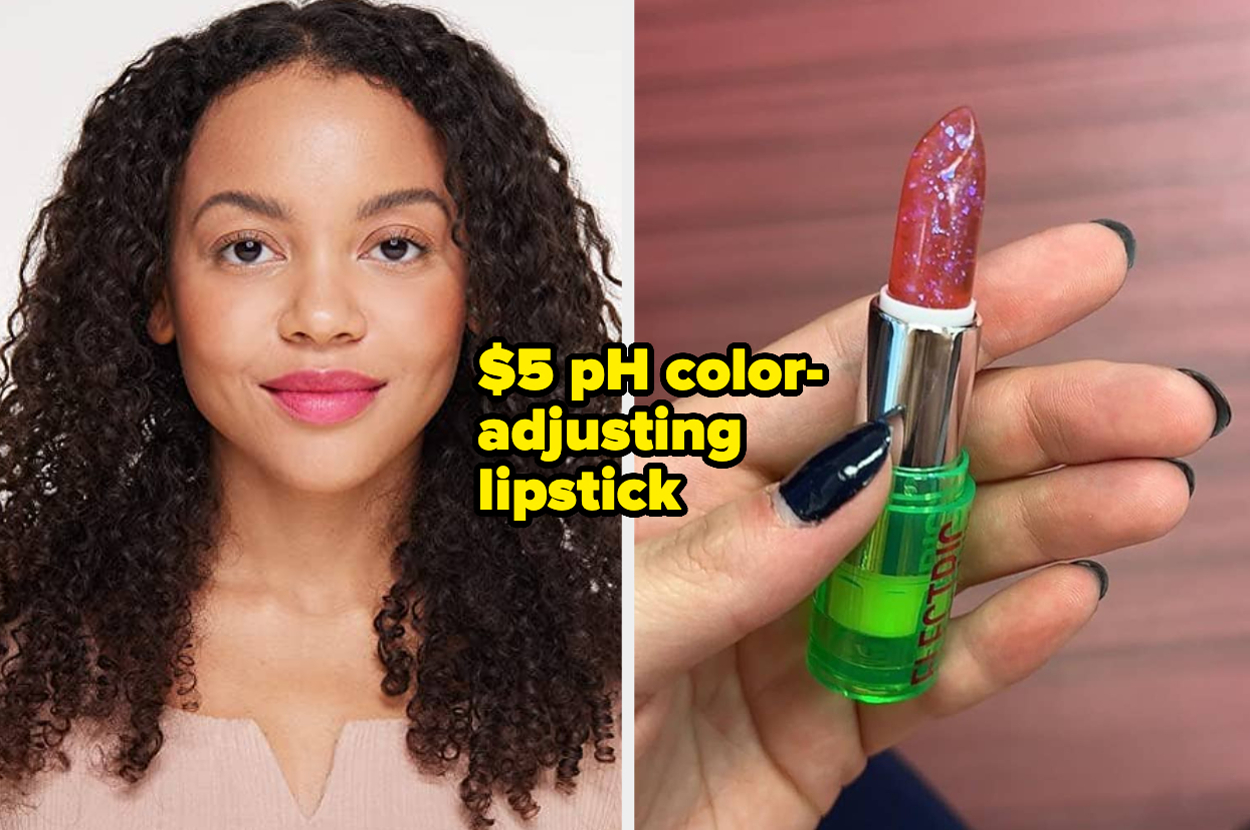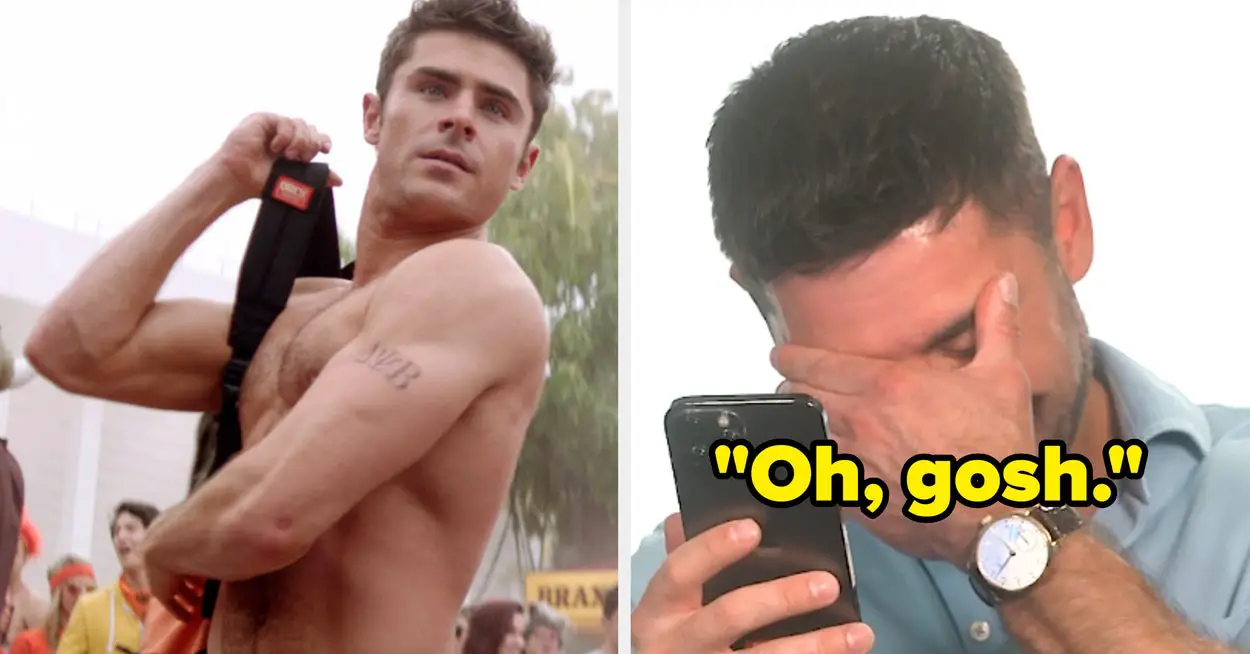Often combining inventive and quality skincare ingredients with advanced sun filters, Dr. Lauren Penzi, a board-certified dermatologist at MDCS Dermatology in New York City, said that users of Korean sunscreens can often expect “superior broad-spectrum protection” and typically higher SPF and PA ratings compared to American formulations (though these do offer sufficient protection when used correctly).
Sunscreen patches may be K-beauty’s most recent sun protection product that’s grabbing the beauty world’s attention, especially on TikTok.
“[Most] UV patches act as a physical barrier that provides UPF protection, which is similar but different to traditional SPF,” Penzi said, explaining that the patch’s materials are designed to limit the penetration of both UVA and UVB rays into the skin.
In addition to limiting harmful sun exposure, many of these adhesive patches — which come in a variety of colors and strategic shapes for covering highly exposed areas like under the eyes, nose and tops of the hands — are infused with skin care ingredients like hyaluronic acid for prolonged hydration and antioxidants, which can help protect against environmental stressors that can be responsible for premature skin aging.
Plus, most patches claim to offer all-day sun protection without needing to be replaced. This can be a game changer for those of us who, though diligent about sun protection, forget to reapply traditional sunscreens after the recommended two-hour mark.
While these sun patches meet Asia’s rigorous cosmetic market standards, it is important to note that these products haven’t yet been formally approved by the U.S. Food and Drug Administration. New York city-based board-certified dermatologist Dr. Brendan Camp of MDCS Dermatology cautioned that these patches do have their limitations and should never be used as your only form of sun protection.
“Patches only protect a small area of the face, so sunscreen should be applied
to all exposed areas of the face after patch application,” he said.
Penzi said to make sure skin is clean and dry before application and that the patch is smooth against the skin without air bubbles or wrinkles.
“Check the patch throughout the day. If it loses adhesion due to sweat, movement, you should replace it with a new one,” Penzi explained.
Whether you’re spending a long day out on the golf course or a sunny trip to the beach, you might be interested in the extra layer of sun protection that UV patches have to offer.
Source link











Leave a Reply